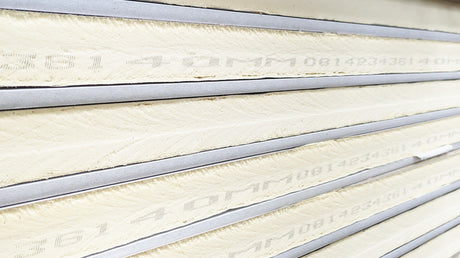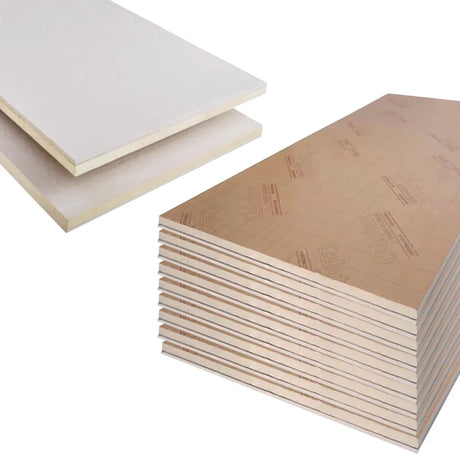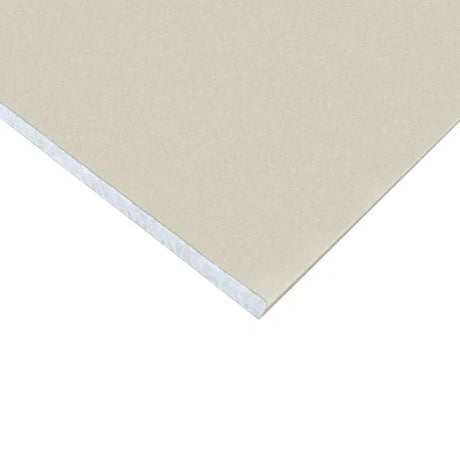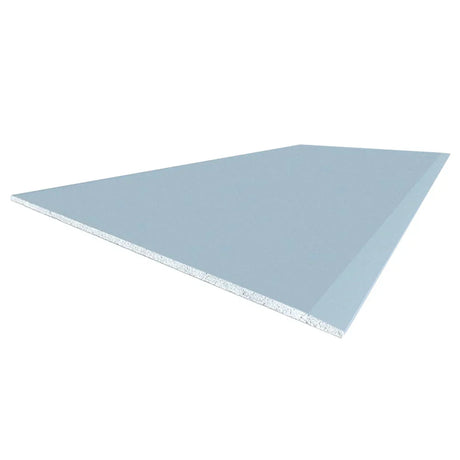Identifying insulation deficiencies allows targeted improvements that enhance comfort while reducing energy costs. Several telltale signs indicate inadequate insulation, ranging from obvious temperature issues to more subtle indicators that require careful observation.
Temperature-Related Indicators
The most immediate signs of poor insulation relate to temperature inconsistency and comfort issues. Cold wall surfaces provide a simple but revealing test. On cold days, carefully touch interior wall surfaces with the back of your hand. Well-insulated walls should feel only slightly cooler than room temperature, while notably cold walls, particularly on exterior-facing sides, indicate poor insulation. Temperature differences between external and internal walls highlight the issue, with corner junctions where two external walls meet often showing the most pronounced cooling. This tactile assessment provides immediate feedback without special equipment.
Temperature stratification within rooms offers another clear indicator. Significant temperature variation between floor and ceiling levels indicates poor insulation and/or air leakage. Well-insulated spaces maintain relatively consistent temperatures at all heights. Particularly cold floors suggest inadequate underfloor insulation, while excessively warm ceilings in winter indicate heat escaping into lofts or upper floors. These differences often feel more pronounced during extreme weather conditions. Simple digital thermometers placed at different heights can quantify these variations and confirm suspicions of poor insulation.
The rate of temperature change reveals insulation effectiveness as well. Poorly insulated rooms cool down rapidly once heating is reduced or turned off and similarly heat up quickly in summer conditions. Well-insulated spaces maintain comfortable temperatures for extended periods due to their thermal stability. This effect becomes particularly noticeable during overnight temperature drops. Monitoring how quickly a room responds to external temperature changes provides valuable insulation performance indicators that directly impact both comfort and energy efficiency.
Cold draughts and air movement often accompany insulation problems. Noticeable air movement near windows, doors, electrical outlets, or skirting boards; curtains that move slightly even when windows are closed; cold spots near joins between walls and floors/ceilings; and chimney or ventilation effects causing consistent air circulation all suggest insulation deficiencies. These issues often coexist with insulation problems but require different remediation approaches. Simple smoke pencils or even a candle flame can help identify subtle air movements indicating leakage paths that compromise comfort and efficiency.
Moisture and Condensation Clues
Poor insulation creates conditions where moisture problems frequently develop. Condensation patterns provide visible evidence of cold surfaces. Consistent condensation on windows suggests inadequate insulation and possibly poor ventilation. Water droplets or dampness on walls, particularly external walls, during cold weather indicate surfaces falling below dew point temperature due to inadequate insulation. Condensation in corners where external walls meet ceilings or other walls often reveals thermal bridging at junctions. Morning condensation on cold surfaces that disappears as rooms warm up provides a clear indication of insufficient insulation. These moisture indicators not only signal insulation problems but can lead to more serious issues if not addressed.
Mould growth locations provide biological indicators of consistent cold spots. Mould developing in corners of external walls, black spots forming behind furniture positioned against exterior walls, growth patterns following thermal bridges in construction, and consistent issues in specific locations despite regular cleaning all reveal long-term moisture problems related to insulation deficiencies. The pattern and location of mould growth often maps the insulation weaknesses in a building envelope, providing visual evidence of where improvements would prove most valuable.
Long-term moisture issues manifest as damp patches and staining. Discoloured areas on external-facing walls, peeling wallpaper or paint (particularly on exterior walls), staining in ceiling corners adjacent to external walls, and persistent damp patches that worsen during cold weather all indicate potential condensation problems resulting from poor insulation. These visible signs often emerge after prolonged exposure to condensation conditions created by insulation deficiencies and may require comprehensive treatment addressing both the insulation and resulting damage.
Energy Consumption Patterns
Analytical approaches can identify insulation problems through energy usage patterns. Comparative energy usage provides objective evidence by benchmarking against similar properties. Energy bills significantly higher than similar neighbouring properties, consumption noticeably greater than regional averages for comparable homes, heating systems running for extended periods without achieving comfort, and steady increases in energy usage without corresponding behaviour changes all suggest underperforming building envelopes. Energy suppliers and government resources often provide comparative data for this assessment.
Thermal imaging provides perhaps the most definitive evidence of insulation problems. Thermal cameras reveal temperature differences that indicate insulation gaps. Cold patches appearing in regular patterns often follow structural elements creating thermal bridges. Missing or settled insulation appears as distinctive cold areas on thermal images. Window and door surrounds frequently show heat loss patterns indicative of installation quality issues. While professional thermal surveys provide the most accurate results, affordable thermal camera attachments for smartphones offer a more accessible option for initial assessment.
Heating pattern analysis through observation of heating system behaviour offers additional clues. Heating cycling on frequently despite reasonable thermostat settings, significant temperature drops shortly after heating turns off, certain rooms requiring consistently higher radiator settings, and uneven heating needs throughout the property all reflect the building's ability to retain heat once generated. Monitoring smart heating system data or simply observing traditional heating patterns provides valuable insights into overall building envelope performance without specialised equipment.
Room-Specific Indicators
Different parts of homes present distinctive insulation problem indicators. Loft and attic spaces reveal upper insulation effectiveness through snow melting patterns on roofs (well-insulated sections retain snow while poorly insulated areas show melting), uneven temperature distribution in loft spaces, visible gaps or thin areas in loft insulation, and compressed insulation under storage boards or water tanks. Inspection of loft spaces often reveals obvious insulation deficiencies that can be relatively straightforward to address.
Floor-level issues suggest inadequate floor insulation when floors feel particularly cold compared to walls and other surfaces. Draughts emerging from gaps between floorboards or skirting boards, excessive floor temperature variation between areas near external walls and internal zones, and cold spots corresponding to structural elements beneath floors all indicate floor insulation deficiencies. Traditional suspended timber floors often present the most noticeable floor insulation problems due to their direct exposure to unheated spaces below.
Wall performance indicators help identify external wall insulation effectiveness. Noticeably colder wall surfaces compared to internal walls, different wall surface temperatures on the same external wall suggesting uneven insulation, thermal bridging patterns around windows and doors, and variations corresponding to different construction elements or property extensions all help pinpoint specific wall sections requiring attention. These patterns help target improvement measures to the most problematic areas to maximise return on investment.
By identifying these signs of poor insulation, you can prioritise improvement measures that deliver the greatest comfort and energy efficiency benefits. At DIY Building Supplies, we can help you select appropriate materials and systems to address specific insulation deficiencies identified through these assessment techniques.









